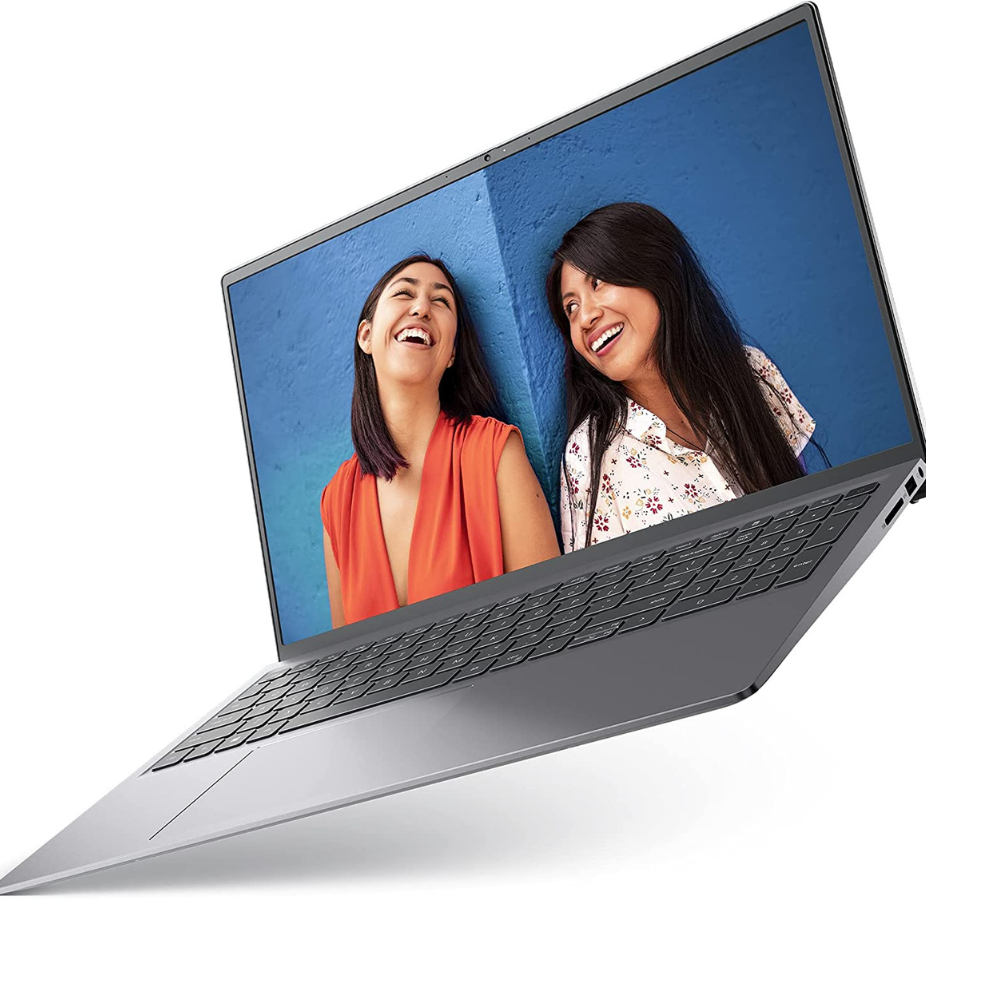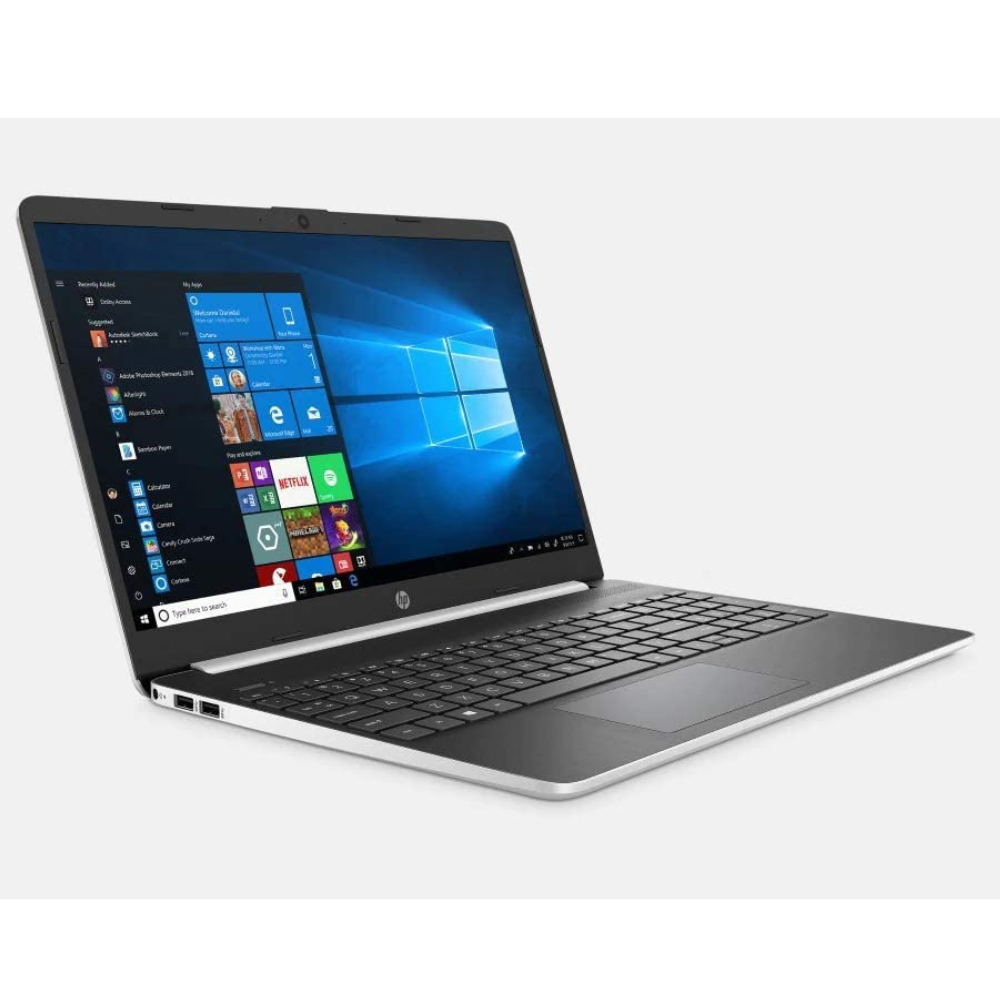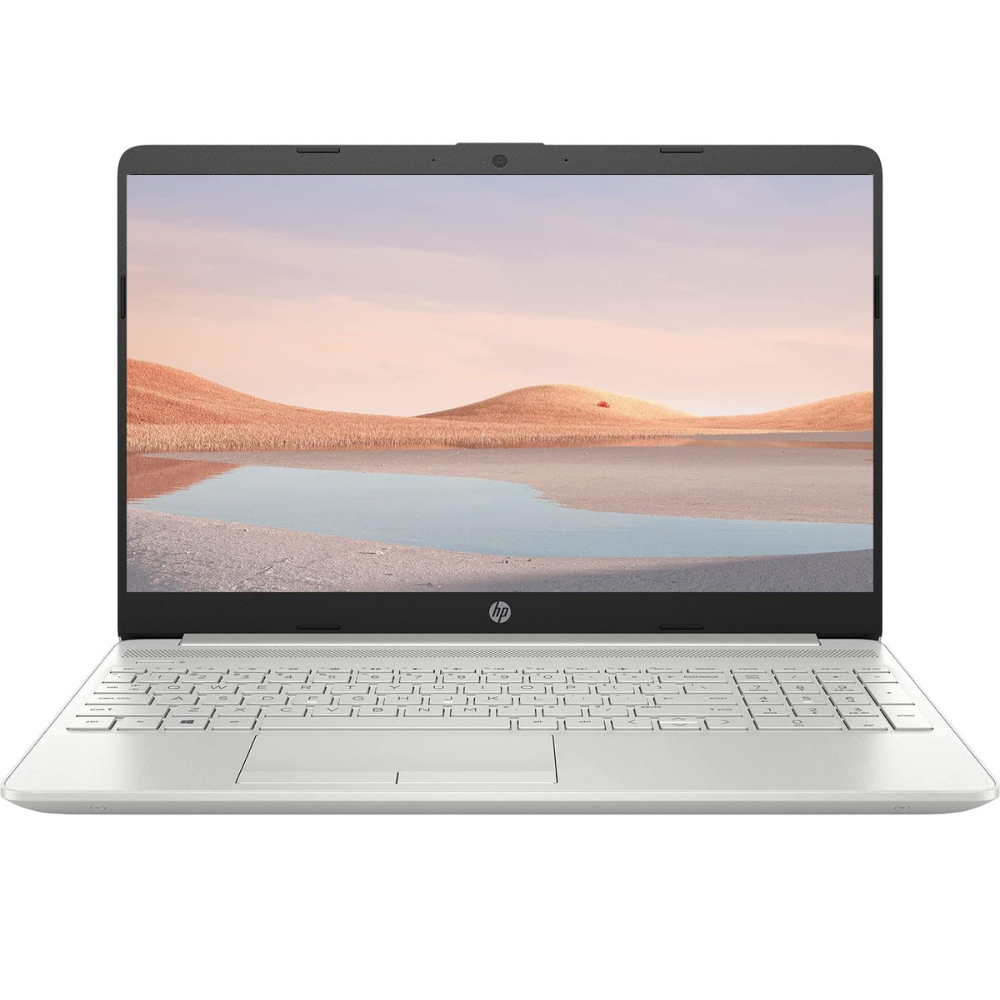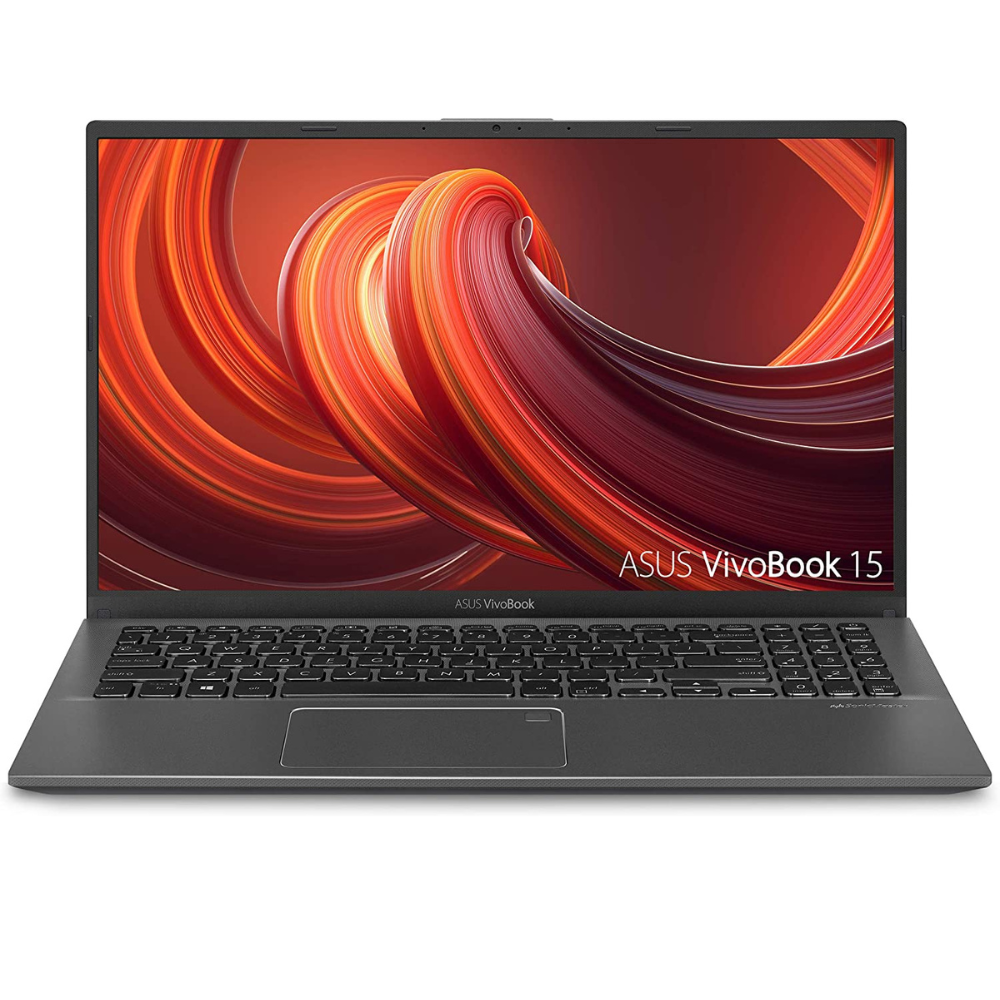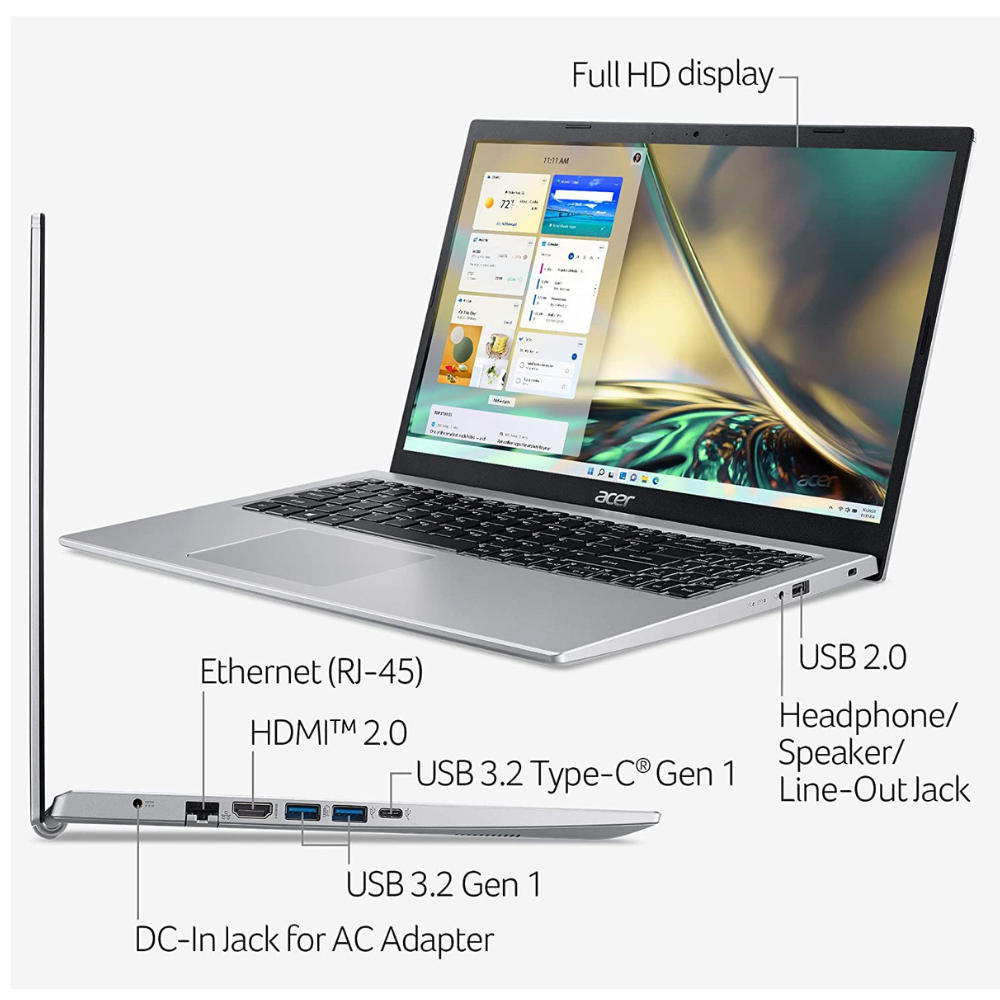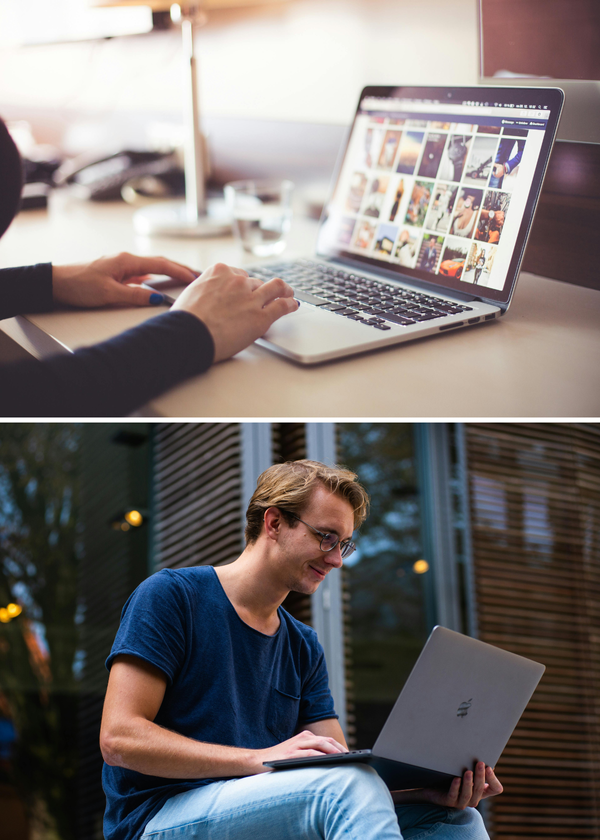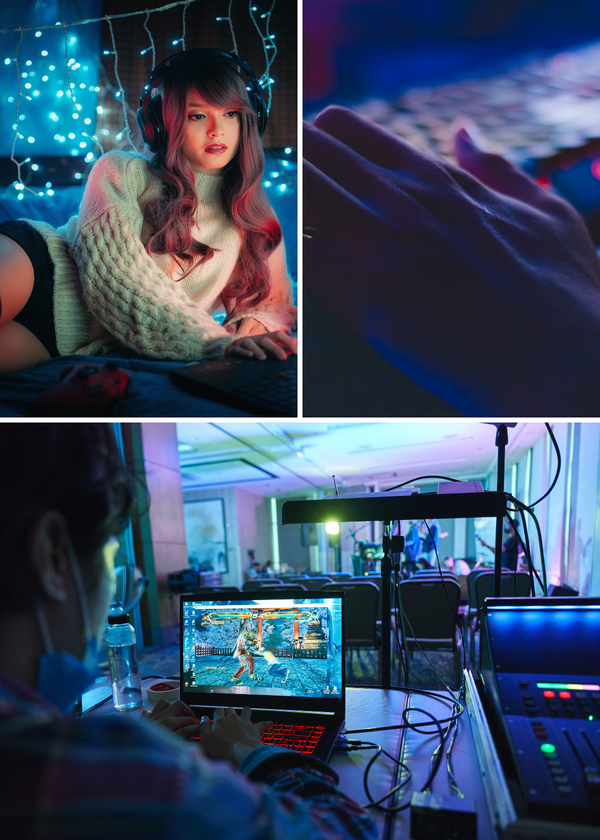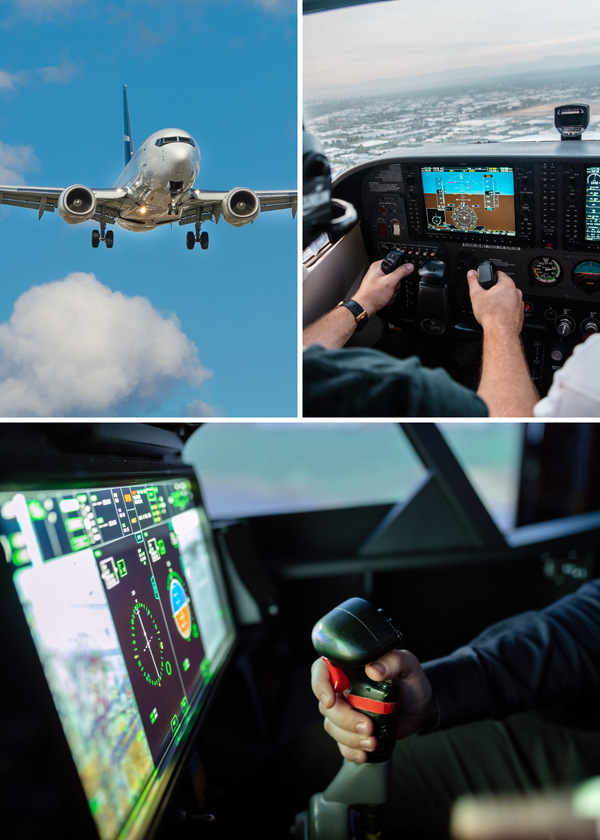If you're looking for the best laptop for video conferencing, look no further. We've compiled a list of the top laptops for online meetings, so you can be sure to make a great impression.
Whether you're a business professional or just need to stay connected with family and friends, these laptops will get the job done.
How We Choose the Best Laptop for Video Conferencing For You
We put a lot of thought into our lists and we only want to recommend the best products. That's why we took several factors into account when choosing the laptops for this list. We considered things like webcam quality, processing power, display size, and more.
We also read through hundreds of customer reviews on Amazon to get a sense of what real people think about these laptops. So, if you're looking for the best laptop for video conferencing, you can be sure that our list has you covered.
We hope you find your next favorite thing from the list below! We selected each product with care and thought. Some may have been sent to us for review but all opinions in this article are ours- we know that's why Techi-Becky Reviews was created so readers could get an honest opinion on anything they were curious about online without having worry if it would be negative or not helpful towards their needs because every single piece of content submitted goes through rigorous scrutiny by professional editors who only publish items backed up by research evidence when possible. FYI — Techi-Becky Reviews may collect a share of sales or other compensation from being an Amazon Associate, we earn commissions from qualifying purchases from links on this page if you decide to buy something (that's how we stay in business) Thanks for reading!!!
Becky's Choice:
The Dell Inspiron 15 5510 is a business laptop with some great features that make it perfect for video conferences.
When you open your screen, there's a lid-open sensor and an optional fingerprint reader so everything can go smoothly from start to finish!
The laptop is designed with a new thermal system, more fans to move air, and an under-lid vent that allows it to breathe.
Techi- Fun Facts:
The latest 11th Generation Intel Core i5 processors deliver incredible responsiveness and smooth, seamless multitasking.
You can conduct video conferences with friends easily on this laptop thanks to its large 15.6" screen that has a rich color contrast ratio along with anti-glare technology so your eyes won't strain when viewing from an angle!
The mechanical camera shutter protects against anyone invading your privacy or accidental embarrassment on your calls.
Becky's Choice:
The HP 15 is an excellent choice for college students who need the power of a laptop but don't have much money. It's got fast processing speeds and plenty in terms of graphics memory, so you'll be able to do all your schoolwork without any problems!
The new HP 15 has an SVA bright view micro-edge WLED-backlit touchscreen display with 1366 x 768 resolution. This means it will be able to show off your favorite videos in high definition!
Techi- Fun Facts:
The fast and snappy HP15 boots up in seconds with an SSD. You'll be able to transfer files without waiting hours, plus enjoy a quicker experience when opening programs because of its solid-state drive! These sleek and lightweight devices come equipped with top-notch sound systems, making them perfect to use in any noisy environment!
Becky's Choice:
The sleek HP Pavilion Laptop is outfitted with a powerful processor, fast hard drive, and high-bandwidth RAM to ensure that you can multi-task easily.
The fast and powerful Intel Celeron N4120 is perfect for those who need a little more power than what the slowest tablets offer.
This processor offers plenty of processing oomph to handle daily tasks with ease, as well as letting you take on heavier loads when needed without slowing down your device in any way!
Techi- Fun Facts:
HP has a new laptop that's perfect for those who love to work on the go.
This lightweight and durable device comes with an HD screen (1366 x 768), a micro-edge design that helps reduce glare while you're trying in bright light conditions, as well it features 220 nit brightness level making this one easy choice if we want our eyesight back!
Becky's Choice:
The ASUS VivoBook 15 is a laptop with an amazing 88% screen-to-body ratio that delivers Full HD 1920x1080 resolution.
It can be used with either Microsoft Edge or Internet Explorer 11 to run your school's lessons on, so you'll never miss out again because of browser compatibility!
It is powered by the latest 10th Gen Intel Core i3-1005G1 CPU (4M Cache, up to 3.4 GHz). This laptop offers great performance for everyday tasks and can handle heavier loads without slowing down or freezing screen updates like other less expensive laptops do.
Techi- Fun Facts:
The ASUS VivoBook 15's ergonomic backlit keyboard and built-in fingerprint sensor make it easier than ever to secure your identity with just one touch.
Exclusive Ergolift design provides an improved typing position, so you can spend less time on slower tasks like editing documents or creating reports! It offers a wide range of connections including USB 3.2 Type-C, HDMI, and more!
You'll also be able to take advantage of Gigabit Wi-Fi 5 (802 11ac).
Becky's Choice:
The Acer Aspire 5 is equipped with an 11th Generation Intel Core i3-1115G4 processor, which delivers unmatched speed and intelligence.
This enables impressive creating, productivity, or gaming experiences that are perfect for any high-demand application!
Acer's Aspire 15.6" Full HD display offers sharp details and crisp colors on a screen with 82% of the body, and a 16:9 aspect ratio; narrow bezels make it perfect for today’s modern lifestyles. has an ergonomic design, which means it's easy on your hands and wrists.
The keyboard can be lifted up for better cooling as well! Plus the sound experience will seem much richer with this fantastic new device around.
Techi- Fun Facts:
The Acer Aspire 5 offers up a generous 4GB of DDR4 memory and 128 GB NVMe solid-state drive storage for all your files, media, etc.
It features one extra slot that can be used with an additional SSD or hard drive to expand its capacity even more!
It is a sleek and powerful laptop perfect for meetings or conferences. It features an HD display, and dual-band Wi-Fi with Bluetooth connectivity so you can stay connected throughout your business trip without missing anything happening back at home!
Buyer's Guide:
When it comes to finding the best laptop for video conferencing, there are a few key factors you'll want to keep in mind.
Processor
A processor with a high clock speed will be able to handle multiple tasks at once, which is important when you're trying to run a video conference and do other things at the same time.
You'll also want to look for a processor with good graphics processing power so that your video conference will look sharp and clear. With a little research, you can find the perfect processor for your needs.
Display
Setting up a laptop for video conferencing is easy with the right display. A display makes it possible to see the other participants in the conference clearly.
There are many different types of displays available, so it is important to choose one that is compatible with the laptop. The best way to do this is to check the specifications of the display before purchasing it.
Battery Life
Video conferencing laptops need to have good battery life because users will often be on the go and won’t have time to stop and recharge. The average laptop battery lasts around six hours, but video-conferencing laptops need to have a battery life of eight hours or more.
Some laptops have special features that help to extend the battery life, such as power-saving mode and low-power mode. To get the most out of your battery, it’s important to choose a video-conferencing laptop with a good blend of features and battery life.
Camera
When choosing a camera for video conferencing, there are a few things to keep in mind. Consider the resolution of the camera. A higher resolution will result in a clearer image, which can be important for both personal and professional communication.
Think about the field of view that you need. A wider field of view can be helpful if you want to include multiple people in the frame, or if you want to show your surroundings. Make sure to choose a camera that is compatible with your laptop. With so many options on the market, there is sure to be a camera that is perfect for your needs.
Budget
To budget for a video conferencing laptop, it is important to consider the purpose of the laptop and the features that are required. For example, if the laptop will be used primarily for video conferencing, then a high-quality webcam and microphone are essential. In addition, a stable internet connection is also critical for successful video conferencing.
Another factor to consider is the screen size; a larger screen will make it easier to see both the person you are talking to and any presentations or slides that may be shared during the call. It is also important to consider the overall cost of the laptop, as well as any subscription fees that may be required for access to certain video conferencing software.
By taking all of these factors into account, you can ensure that you budget properly for your new video-conferencing laptop.
Security
While video conferencing has become increasingly popular in recent years, there are still some security concerns that need to be considered. For example, laptop cameras can be easily hacked, allowing someone to spy on the person using the computer.
There are a few different ways to protect against this type of attack. One is to cover the camera with a piece of tape or another adhesive when it is not in use. Another is to use a privacy screen that covers the camera and limits the angle at which it can be seen.
Finally, it is also possible to disable the camera entirely in the computer's settings. By taking these precautions, you can help to ensure that your video conferences are private and secure.
Best Laptop for Video Conferencing-FAQs
How Much RAM do I Need?
The amount of RAM you need for video conferencing depends on the conferencing software you use and the number of participants in your call. For example, Skype for Business recommends 2 GB of RAM for one-on-one calls and 4 GB for group calls.
Zoom also recommends 2 GB of RAM for one-on-one calls, but recommends 8 GB for group calls with more than two participants. Google Hangouts does not list specific system requirements, but advises that users have a "reliable internet connection."
In general, the more participants you have in your call, the more RAM you will need to ensure a lag-free experience. You may also want to consider upgrading your RAM if you frequently use other resource-intensive applications while on video calls, such as web browsers or office suite programs.
What speed internet do I need for Zoom?
The minimum internet speed for Zoom is 600kbps (0.6Mbps). This means that if you're using a dial-up connection, you won't be able to use Zoom. If you're not sure what speed your internet connection is, you can run a speed test at www.speedtest.net.
Keep in mind that the results of the speed test may be lower than your actual internet speeds, so it's always best to err on the side of caution and assume that you'll need at least 600kbps for Zoom. If possible, try to connect to the internet via a wired connection rather than a wireless one, as this will provide a more stable and reliable connection.
And if you're still having trouble, other video conferencing platforms may be more suitable for your needs.
Are ChromeBooks good for Video Conferencing?
ChromeBooks can be a good choice for video conferencing. Because they are portable, you can take them with you wherever you go, making it easy to participate in video conferences even when you're out of the office. And since they have a long battery life, you won't have to worry about your Chromebook dying in the middle of a meeting.
ChromeBooks also have built-in cameras and microphones, so you won't need to purchase any additional equipment in order to participate in video calls.
However, one downside of ChromeBooks is that they are not as powerful as some other types of laptops, so if you plan on doing a lot of video editing or other resource-intensive tasks, you may want to consider another option. Overall, though, ChromeBooks can be a good choice for video conferencing thanks to their portability and long battery life.
How can I improve my Zoom quality?
There are several things you can do to improve the quality of your Zoom calls. Make sure that you have a strong internet connection. If you're on a wireless network, try to connect to a router with an Ethernet cable. This will minimize interference and provide a more stable connection.
If you're already using an Ethernet connection, you may need to upgrade your internet plan to a higher speed. You can also improve your Zoom quality by adjusting your camera's settings. If possible, use a physical camera instead of your computer's built-in webcam.
This will provide a sharper image. You can also experiment with different resolutions and frame rates to find the best settings for your environment. Make sure that your camera is positioned correctly.
The ideal position is just above eye level so that you're looking slightly up at the camera. This will help to prevent double chinning and ensure that your face is well-lit. By following these simple tips, you can dramatically improve the quality of your Zoom calls.
What are the 5 types of video conferences?
A video conference is a live meeting between two or more parties that uses video and audio technology to connect participants in real time. There are five primary types of video conferences: web seminars, web conferences, virtual classrooms, virtual trade shows, and virtual town halls.
A web seminar is a live, online lecture that is typically presented by a single speaker to a large audience. A web conference is similar to a web seminar, but it also allows for audience interaction through features like chat and polling. A virtual classroom is an online learning environment where students and teachers can interact in real-time.
A virtual trade show is an online event where businesses can showcase products and services to potential customers. Lastly, a virtual town hall is a live, online meeting between a company and its employees. These are just a few examples of the different types of video conferences that are available today.
What is the difference between an online meeting and a video conference?
There is often confusion between online meetings and video conferences. After all, both involve using technology to connect with others remotely. However, there are some key differences between the two. Online meetings are typically shorter and less formal than video conferences.
They also tend to be more collaborative, with participants working together on a shared document or whiteboard. Video conferencing, on the other hand, is more focused on presenting the information.
It is often used for large lectures or presentations, and the speaker typically has control over the meeting space. As a result, video conferencing is generally more structured than online meetings. While both types of meetings have their own advantages, it’s important to choose the right one for your needs.
What software's best for video conferences?
Many software programs can be used for video conferencing, and the best one to use will depend on your specific needs. If you need a program that is compatible with a wide range of devices, then Skype would be a good option.
If you need a program that offers high-quality HD video and audio, then you may want to consider using Zoom. And if you need a program that is specifically designed for business purposes, then GoToMeeting would be a good choice.
Ultimately, the best software for video conferencing is the one that meets your specific needs most effectively.
What are the advantages of video conferencing?
Video conferencing has become increasingly popular in recent years, as businesses look for ways to reduce travel costs and improve communication.
There are several advantages to using video conferencing, including the ability to connect with people in different locations, the opportunity to see body language and facial expressions, and the ability to share documents and presentations.
In addition, video conferencing can help to create a more personal connection between employees, clients, and customers. When used effectively, video conferencing can be a powerful tool for bringing people together.
Is Google Meet better than Zoom?
Google Meet and Zoom are both video conferencing platforms that enable users to communicate with each other in real time. Google Meet is a part of the G Suite package, while Zoom is a standalone platform. Both platforms offer a variety of features, including group chat, screen sharing, and video recording.
However, there are some key differences between the two platforms. For example, Google Meet allows up to 250 participants in a single call, while Zoom only supports up to 100 participants. In addition, Google Meet offers integration with Gmail and Calendar, while Zoom does not.
As a result, Google Meet may be a better option for users who need to connect with a large number of people regularly. However, Zoom may be more suitable for users who require fewer features and greater simplicity.
Best Laptop for Conferencing
Even if you aren’t quite ready to invest in a new laptop, there are still things you can do to improve your video conferencing experience.
For example, sit closer to your screen so that the camera is at eye level with you, or try using noise-canceling headphones. And of course, make sure your room is well-lit and tidy before starting your call.
By following these simple tips, you can ensure that you look and sound your best during any video conference – which just might help you close that next big deal.
Go ahead and Tap the GREEN button and pick up your new Laptop!
Thanks for Techin-In
Becky.



